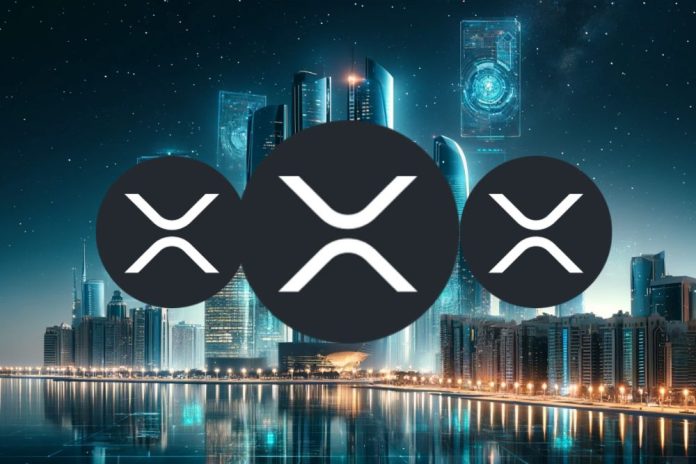Crypto Tank, a prominent figure in the cryptocurrency community known for his investment acumen and research insights, recently posted a thought-provoking tweet that has stirred discussions across the financial landscape.
In his tweet, Crypto Tank outlines a narrative regarding Ripple, its digital asset XRP, and the broader implications for global liquidity. His assertions bring to light the strategic maneuvers Ripple has encountered and the potential role of XRP in addressing a global liquidity crisis.
The Underlying Motive Behind Ripple’s Legal Challenges
Crypto Tank begins by referencing the legal battle Ripple has faced with regulatory authorities, suggesting that this was not merely a compliance issue but a strategic move with deeper implications.
According to him, the lawsuit against Ripple was instigated for a specific reason: the initial aim was to obtain a substantial portion of XRP, which Ripple declined to provide. This refusal, he suggests, led to attempts by other entities to replicate Ripple’s technology.
However, these attempts were unsuccessful, which, in turn, led to the lawsuit as a tactic to impede Ripple’s progress. Crypto Tank argues that the lawsuit was intended to slow Ripple’s momentum, providing time for these entities to explore alternative approaches to achieving the same goals Ripple’s technology was poised to deliver.
XRP’s Adoption Phase
The culmination of this narrative, as described by Crypto Tank, is that we are now in the “last phase”—the phase of adoption. He implies that XRP, despite the challenges and setbacks orchestrated by external forces, is now poised to play a critical role in a global liquidity crisis.
This assertion aligns with broader discussions within the financial sector regarding the growing need for efficient, cross-border liquidity solutions as traditional systems face increasing stress.
However, Crypto Tank’s tweet also prompted questions from within the community. One such inquiry came from a user named Kev, who questioned the practicality of a digital token like XRP in solving a liquidity crisis.
Kev’s query was straightforward: how does a digital token address such a complex issue, especially considering that XRP is primarily seen as a bridge asset with no intrinsic value beyond facilitating transactions between currencies?
In response to Kev’s skepticism about the intrinsic value of XRP, it’s important to recognize that the value of such a digital token is derived from its utility rather than traditional measures of value. XRP’s utility lies in its ability to provide liquidity in markets where it might be otherwise scarce or expensive.
We are on twitter, follow us to connect with us :- @TimesTabloid1
— TimesTabloid (@TimesTabloid1) July 15, 2023
By serving as a bridge, XRP can help reduce the reliance on pre-funded accounts, typically required in traditional correspondent banking systems to facilitate cross-border payments. This reduction in pre-funded accounts can free up capital, thus improving liquidity in the financial system.
Furthermore, in the context of a global liquidity crisis, the ability to move funds quickly and efficiently across borders becomes even more critical. Traditional systems, with their multiple intermediaries and extended settlement times, can exacerbate liquidity shortages during financial stress.
In contrast, a digital token like XRP, which operates on a decentralized network, can offer near-instantaneous settlement and reduce the friction associated with cross-border transactions. This capacity for rapid and low-cost liquidity provision gives XRP its value in global finance, particularly during a liquidity crisis.
Disclaimer: This content is meant to inform and should not be considered financial advice. The views expressed in this article may include the author’s personal opinions and do not represent Times Tabloid’s opinion. Readers are urged to do in-depth research before making any investment decisions. Any action taken by the reader is strictly at their own risk. Times Tabloid is not responsible for any financial losses.
Follow us on Twitter, Facebook, Telegram, and Google News


